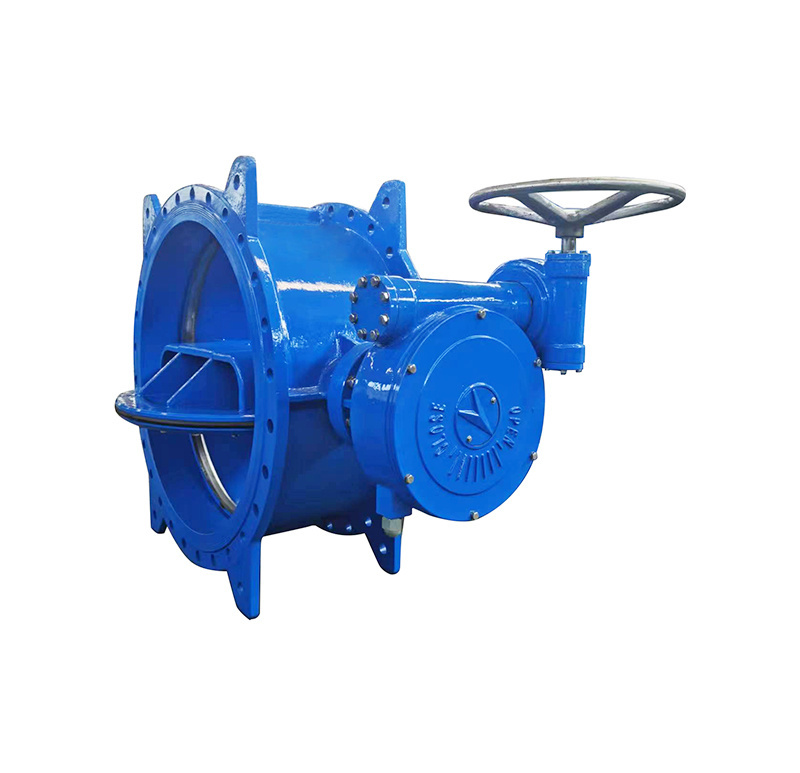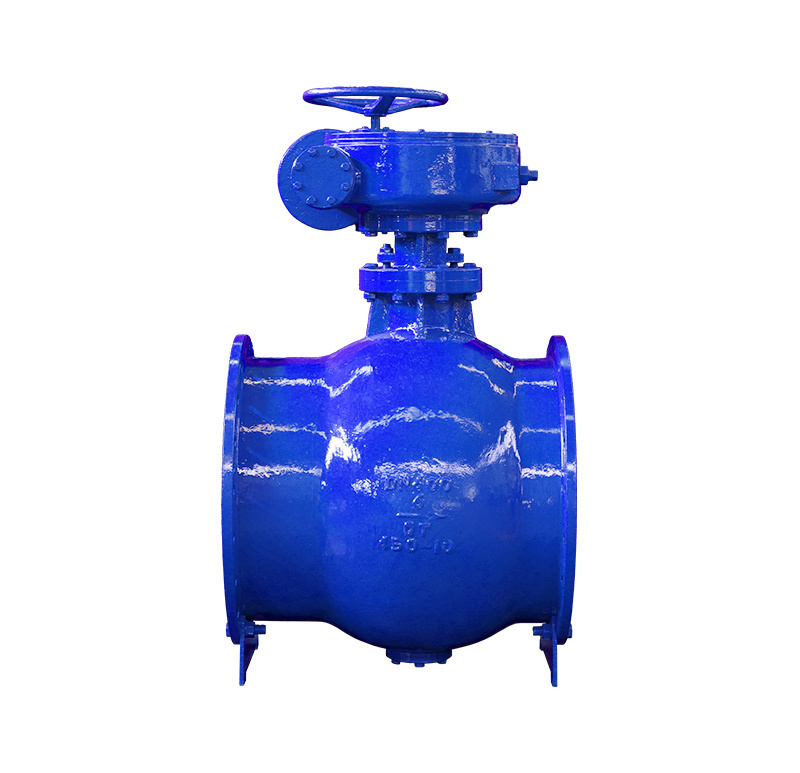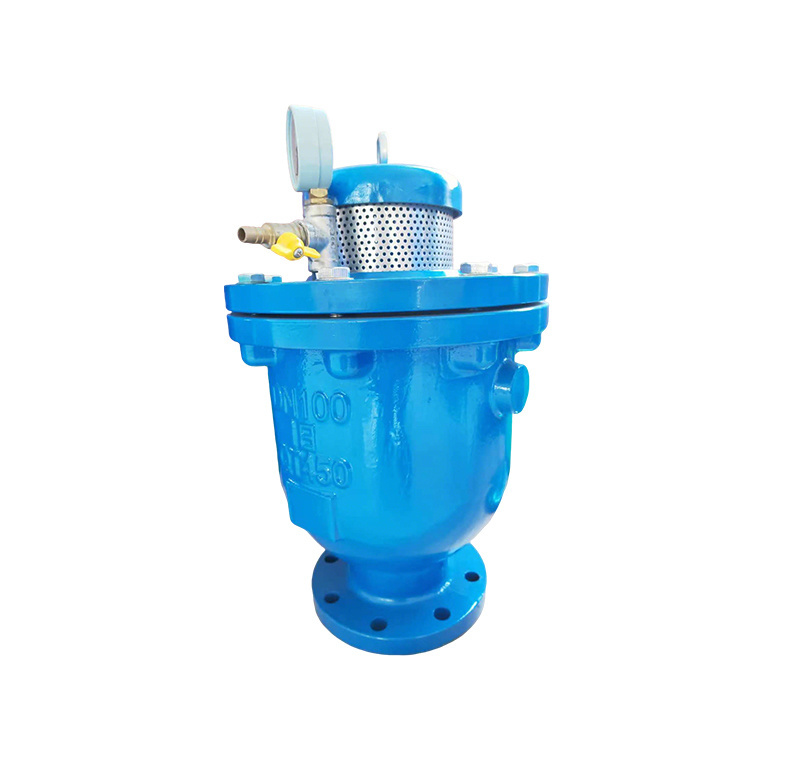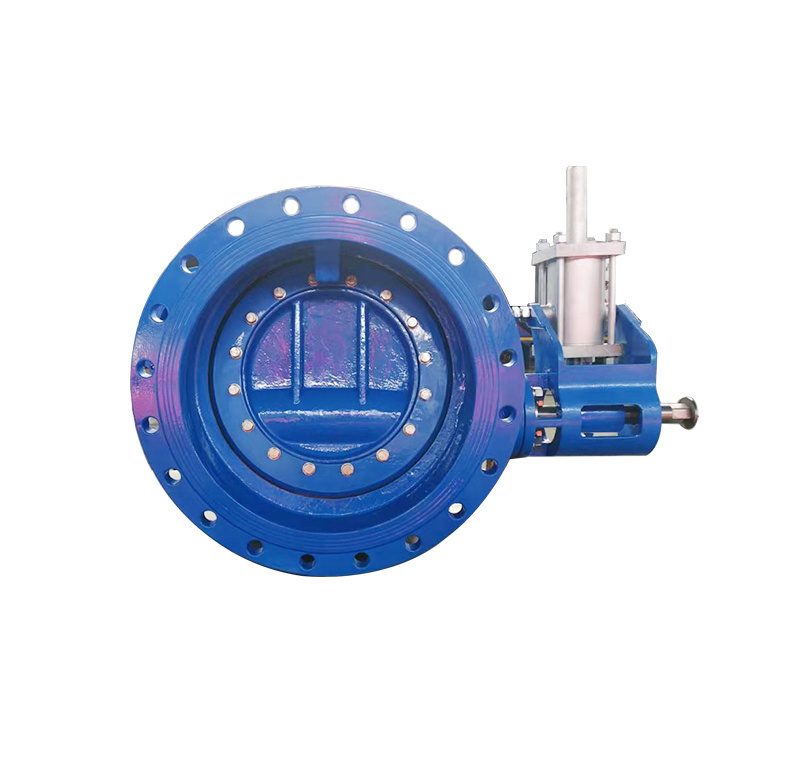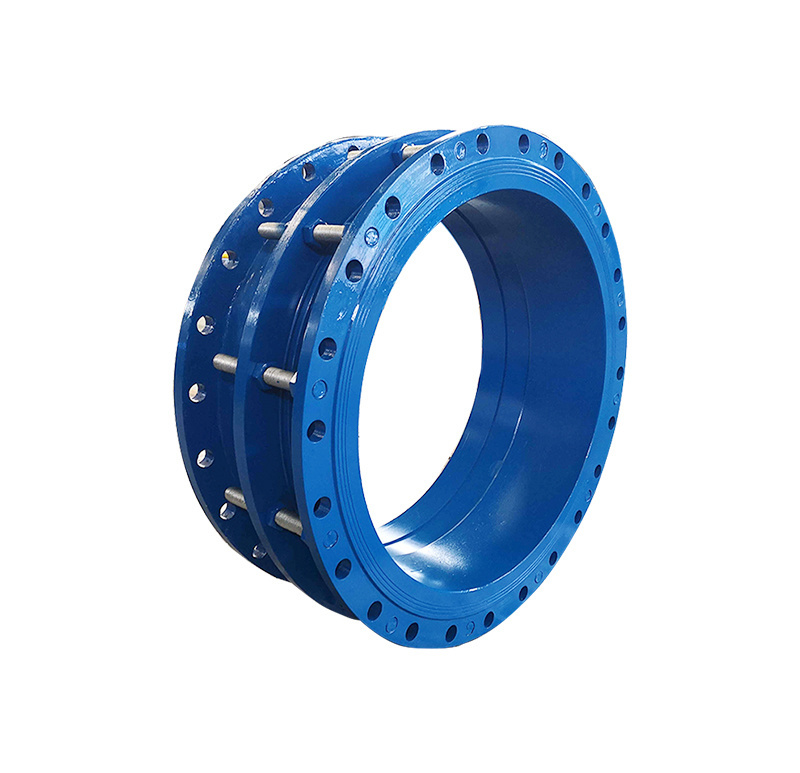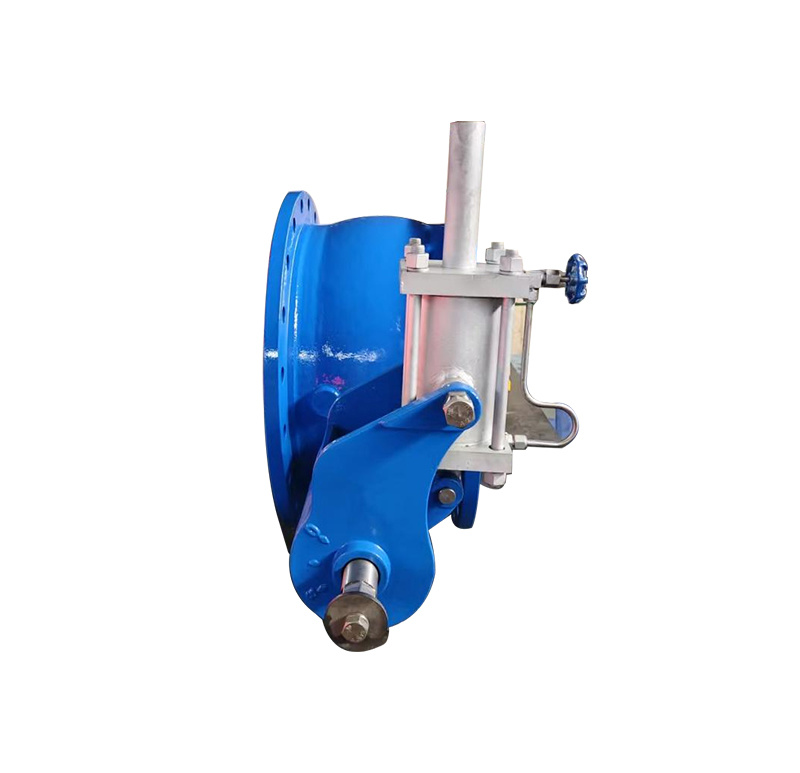Understanding the Significance of Double Eccentric Butterfly Valve Spots in Industrial Applications
---
The double eccentric butterfly valve spots are pivotal components within the industrial equipment and valve sector, playing a significant role in controlling fluid flow with precision and efficiency. Understanding these valves is essential for professionals involved in the design, selection, and maintenance of industrial valves.
A double eccentric butterfly valve, also known as a high-performa
---
The double eccentric butterfly valve spots are pivotal components within the industrial equipment and valve sector, playing a significant role in controlling fluid flow with precision and efficiency. Understanding these valves is essential for professionals involved in the design, selection, and maintenance of industrial valves.
A double eccentric butterfly valve, also known as a high-performance butterfly valve, features a unique design that incorporates two offsets. These offsets, or eccentrics, are strategically positioned to enhance the valve’s performance and functionality. The primary eccentricity allows for the disc to move away from the seat as it opens, reducing friction and wear, while the secondary eccentricity helps in optimizing the seal when the valve is closed. This design minimizes the shear stress on the sealing material, thereby extending the lifespan of the valve.
One of the most significant advantages of double eccentric butterfly valves is their ability to maintain a tight seal even under varying pressure and temperature conditions. This characteristic is particularly important in industries such as oil and gas, water treatment, and chemical processing, where leakage can result in severe operational challenges and safety hazards. Professionals selecting valves for these applications should consider the double eccentric design for its reliability in preventing leaks.
Another key benefit of double eccentric butterfly valves is their compact and lightweight construction compared to other valve types. This feature allows for easier installation and maintenance, particularly in tight spaces where maneuverability is limited. Additionally, the reduced weight contributes to lower installation costs and simplifies the overall piping system design.
In terms of applications, double eccentric butterfly valves are widely used in systems that require quick opening and closing cycles, such as in power generation plants and HVAC systems. Their ability to operate smoothly with minimal torque levels makes them ideal for automated systems, where efficiency and speed are paramount.
When specifying double eccentric butterfly valve spots, professionals should take into account various factors, including the size of the valve, the type of media being handled, and the operational environment. Additionally, choosing the right material for the valve body and seat is crucial, as it must withstand the specific conditions of the application, such as corrosive substances or high temperatures.
In conclusion, double eccentric butterfly valve spots are indispensable in various industrial applications due to their unique design and operational advantages. Understanding their functionality, benefits, and applications is essential for professionals seeking to enhance the performance and reliability of their fluid control systems. By focusing on these aspects, you can make informed decisions that will positively impact your operations and project outcomes.
The double eccentric butterfly valve spots are pivotal components within the industrial equipment and valve sector, playing a significant role in controlling fluid flow with precision and efficiency. Understanding these valves is essential for professionals involved in the design, selection, and maintenance of industrial valves.
A double eccentric butterfly valve, also known as a high-performance butterfly valve, features a unique design that incorporates two offsets. These offsets, or eccentrics, are strategically positioned to enhance the valve’s performance and functionality. The primary eccentricity allows for the disc to move away from the seat as it opens, reducing friction and wear, while the secondary eccentricity helps in optimizing the seal when the valve is closed. This design minimizes the shear stress on the sealing material, thereby extending the lifespan of the valve.
One of the most significant advantages of double eccentric butterfly valves is their ability to maintain a tight seal even under varying pressure and temperature conditions. This characteristic is particularly important in industries such as oil and gas, water treatment, and chemical processing, where leakage can result in severe operational challenges and safety hazards. Professionals selecting valves for these applications should consider the double eccentric design for its reliability in preventing leaks.
Another key benefit of double eccentric butterfly valves is their compact and lightweight construction compared to other valve types. This feature allows for easier installation and maintenance, particularly in tight spaces where maneuverability is limited. Additionally, the reduced weight contributes to lower installation costs and simplifies the overall piping system design.
In terms of applications, double eccentric butterfly valves are widely used in systems that require quick opening and closing cycles, such as in power generation plants and HVAC systems. Their ability to operate smoothly with minimal torque levels makes them ideal for automated systems, where efficiency and speed are paramount.
When specifying double eccentric butterfly valve spots, professionals should take into account various factors, including the size of the valve, the type of media being handled, and the operational environment. Additionally, choosing the right material for the valve body and seat is crucial, as it must withstand the specific conditions of the application, such as corrosive substances or high temperatures.
In conclusion, double eccentric butterfly valve spots are indispensable in various industrial applications due to their unique design and operational advantages. Understanding their functionality, benefits, and applications is essential for professionals seeking to enhance the performance and reliability of their fluid control systems. By focusing on these aspects, you can make informed decisions that will positively impact your operations and project outcomes.









